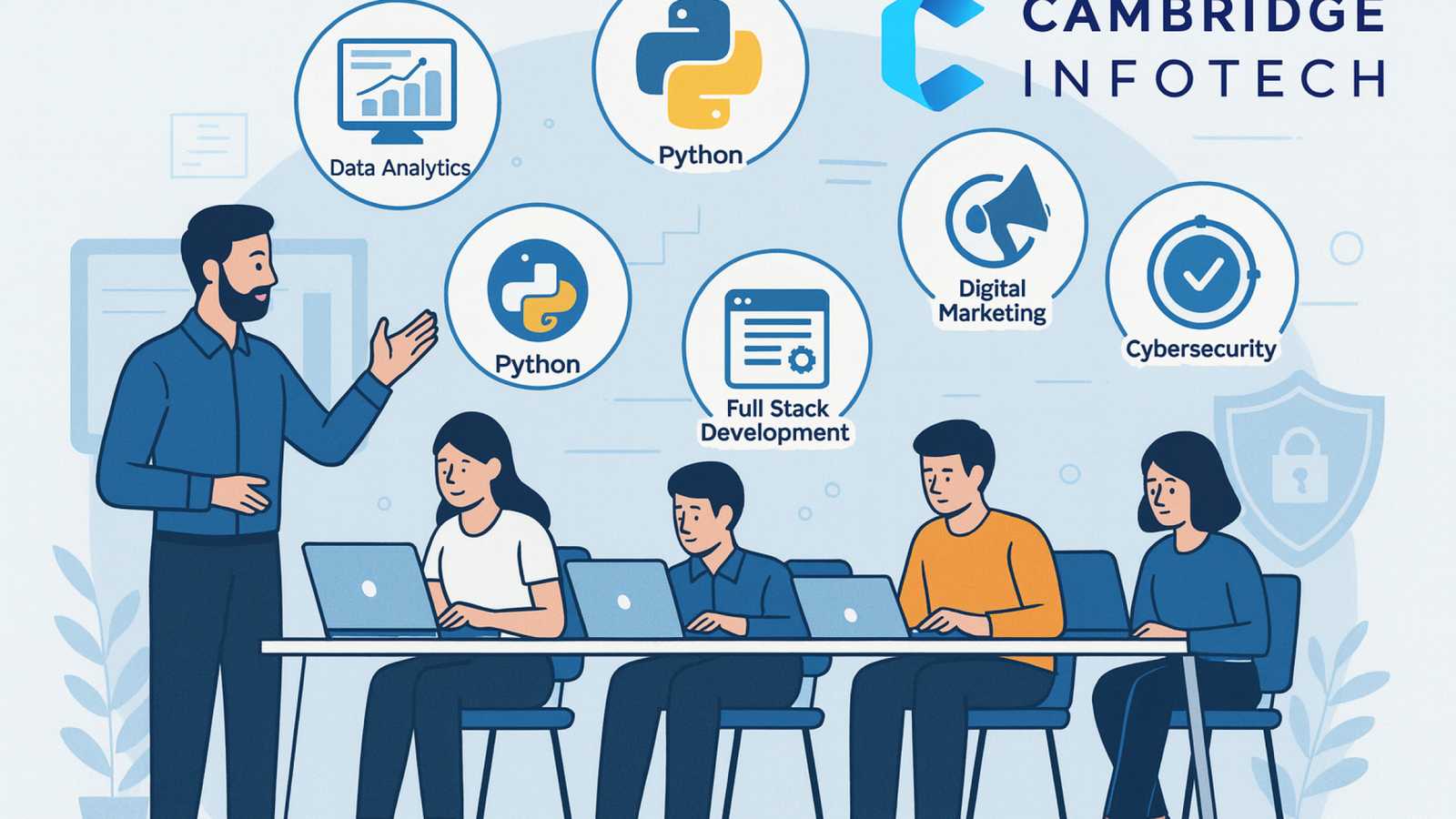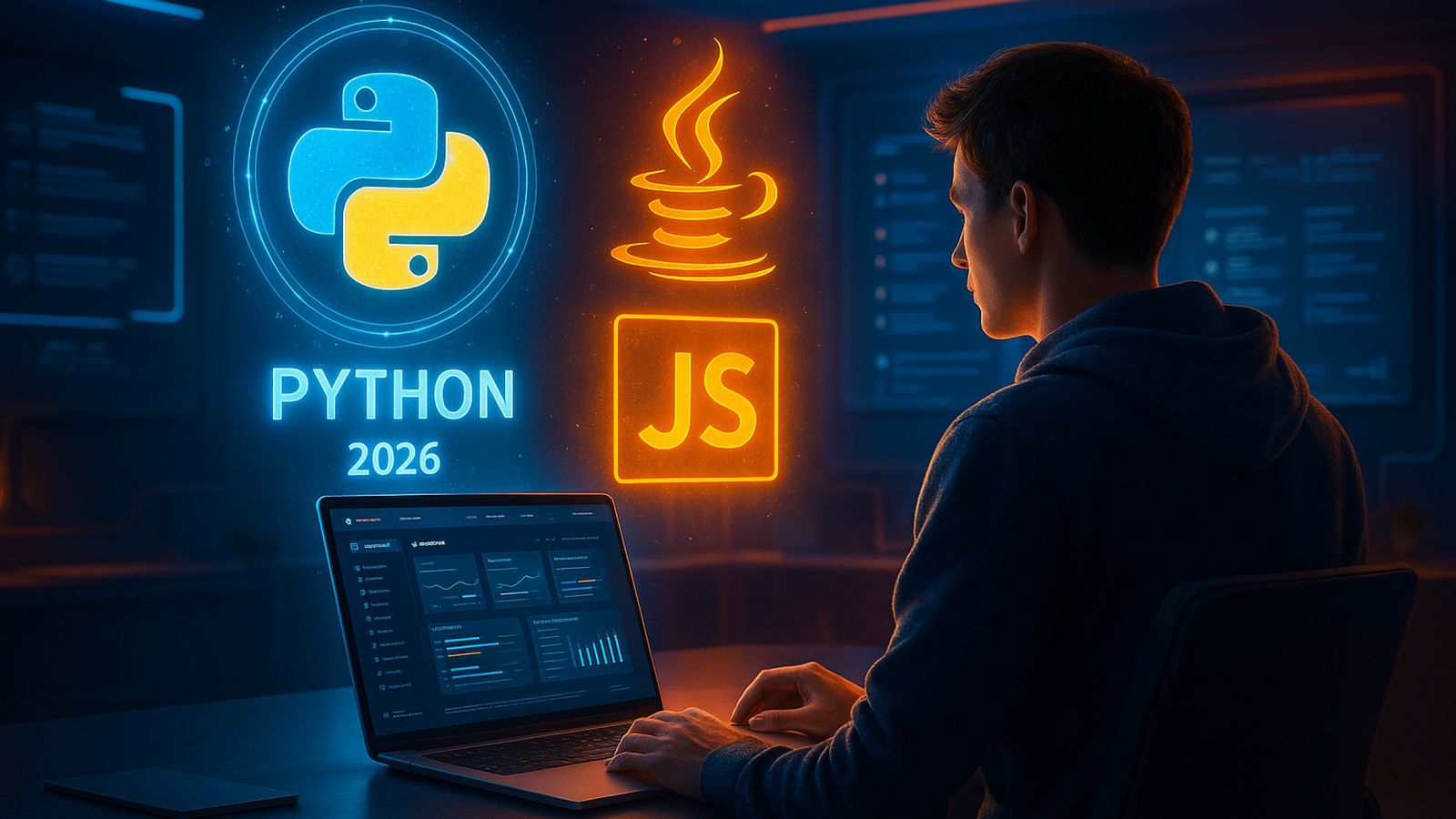Top 50+ Proven Data Science Interview Questions (2025)
Introduction:
Why Mastering Data Science Interview Questions Matters
If you’re preparing for a data science interview, knowing the right questions can be your biggest advantage. With the increasing demand for skilled data professionals, companies want candidates who not only understand algorithms but can solve real-world problems using data.
In this blog, we’ve curated the most commonly asked and high-impact data science interview questions, covering beginner to advanced levels. Whether you’re a fresher or an experienced data analyst, these questions will help you land your dream job faster.
Want to become a certified data scientist with job placement support?
Check out our Data Science Course in Bengaluru
 1. Basic Data Science Interview Questions
1. Basic Data Science Interview Questions
Q1. What is Data Science?
Answer:
Data Science is a multidisciplinary field that uses scientific methods, algorithms, and systems to extract insights and knowledge from structured and unstructured data.
Q2. How is Data Science different from Big Data and Data Analytics?
Answer:
Data Science: End-to-end process including data cleaning, analysis, and model building.
Big Data: Technologies to handle massive datasets (e.g., Hadoop, Spark).
Data Analytics: Focuses more on drawing insights using existing data.
Q3. What is the lifecycle of a Data Science project?
Answer:
Data Discovery
Data Preparation
Model Planning
Model Building
Operationalize
Communicate Results
2. Intermediate Data Science Interview Questions
Q4. Explain the difference between supervised and unsupervised learning.
Answer:
Supervised: Uses labeled data (e.g., regression, classification).
Unsupervised: No labels; groups patterns or structures (e.g., clustering).
Q5. What is Feature Engineering?
Answer:
Feature Engineering involves selecting, modifying, or creating new features to improve model performance.
Q6. What are outliers? How do you handle them?
Answer:
Outliers are data points that differ significantly. They can be handled using:
Removal
Transformation (e.g., log)
Imputation
 3. Advanced Data Science Interview Questions
3. Advanced Data Science Interview Questions
Q7. Explain overfitting and how to prevent it.
Answer:
Overfitting occurs when a model performs well on training data but poorly on test data.
Prevention:
Cross-validation
Pruning (in trees)
Regularization (L1, L2)
Reducing features
Q8. What is PCA?
Answer:
Principal Component Analysis (PCA) is a dimensionality reduction technique that transforms data into a set of orthogonal components.
Q9. How does a Random Forest work?
Answer:
A Random Forest creates a forest of decision trees and averages the results to improve accuracy and avoid overfitting.
4. Python & Programming-Based Questions
Q10. What libraries are essential in Python for data science?
Answer:
Pandas – Data manipulation
NumPy – Numerical operations
Matplotlib/Seaborn – Visualization
Scikit-learn – ML algorithms
TensorFlow/PyTorch – Deep learning
Q11. How do you handle missing data in Pandas?
Answer:
.dropna()– Drop rows/columns.fillna()– Fill with mean/median/mode
5. Machine Learning Interview Questions
Q12. What’s the difference between Bagging and Boosting?
Answer:
Bagging: Parallel training (e.g., Random Forest)
Boosting: Sequential training where each model learns from errors (e.g., XGBoost)
Q13. What’s the confusion matrix?
Answer:
A table that describes the performance of a classification model:
True Positives (TP)
False Positives (FP)
True Negatives (TN)
False Negatives (FN)
Q14. How do you evaluate a classification model?
Answer:
Accuracy
Precision
Recall
F1 Score
ROC-AUC
6. Statistics & Probability Interview Questions
Q15. What is the Central Limit Theorem?
Answer:
The CLT states that the sampling distribution of the sample mean approaches a normal distribution as the sample size becomes large.
Q16. Define p-value.
Answer:
The p-value is the probability that the observed results occurred by chance. Lower p-values indicate stronger evidence against the null hypothesis.
7. Real-Time Scenario-Based Questions
Q17. Suppose you’re given a dataset with 50% missing values. What would you do?
Answer:
Analyze why values are missing
Drop features if too many missing values
Impute with domain-specific logic or predictive modeling
Q18. You built a model that performs well offline but poorly in production. Why?
Answer:
Data drift
Differences in training vs. real-time data
Poor generalization
Need for retraining
8. Bonus: HR & Behavioral Round Tips
Q19. Why do you want to become a data scientist?
“I enjoy problem-solving and making data-driven decisions. Data science combines both logic and creativity.”
Q20. Tell us about a data science project you’ve worked on.
Prepare a STAR (Situation, Task, Action, Result) story about a real or academic project.
Want to prepare for technical interviews with mentorship and resume building?
Visit cambridgeinfotech.io
9. FAQs on Data Science Interview Questions
Q1. Who should prepare for data science interview questions?
Anyone looking to enter roles such as:
Data Analyst
Data Scientist
ML Engineer
Business Analyst
Q2. Are these questions useful for freshers?
Yes! These are perfect for freshers and professionals preparing for roles in 2025 and beyond.
Q3. How can I practice these questions?
Mock interviews
Kaggle challenges
Project-based learning
Q4. Can I get placement support?
Yes. Enroll in our Data Science Course in Bengaluru with 100% placement assistance.
Q5. Do I need coding for data science interviews?
Basic to intermediate Python is essential. Focus on libraries and problem-solving.
10. Conclusion: Your Data Science Career Starts Here
Data science interviews are a blend of technical knowledge, practical thinking, and soft skills. The more you prepare with real questions, the higher your chances of landing your dream job. Bookmark this page, practice consistently, and track your progress.
Bonus Tip:
Always explain your thought process in interviews—interviewers want to know how you think, not just the final answer.
11. SQL for Data Science Interview Questions
Q21. What is the difference between WHERE and HAVING clause?
Answer:
WHEREis used to filter rows before aggregation.HAVINGis used to filter after aggregation usingGROUP BY.
Q22. How do you find duplicate records in a table?
Q23. Write a query to fetch the 2nd highest salary from a table.
Q24. What is a window function?
Answer:
It performs a calculation across a set of rows related to the current row, like running totals or ranking.
12. Deep Learning Interview Questions
Q25. What is the difference between AI, ML, and Deep Learning?
Answer:
AI: Broad field for intelligent systems.
ML: Subset of AI focused on learning from data.
Deep Learning: Subset of ML using neural networks.
Q26. What is a neural network?
Answer:
A structure inspired by the human brain, consisting of layers of neurons that process inputs to produce outputs.
Q27. Explain the vanishing gradient problem.
Answer:
In deep networks, gradients become very small during backpropagation, making learning slow or impossible. Solved using ReLU, batch norm, etc.
Q28. What is dropout in neural networks?
Answer:
A regularization technique where random neurons are “dropped” during training to prevent overfitting.
13. Natural Language Processing (NLP) Interview Questions
Q29. What is tokenization in NLP?
Answer:
Breaking text into smaller parts (tokens), such as words or phrases.
Q30. What is stemming vs lemmatization?
Answer:
Stemming: Chops words to remove suffixes (
running→run)Lemmatization: Returns dictionary form (
better→good)
Q31. What are word embeddings?
Answer:
Vector representations of words capturing semantic meaning (e.g., Word2Vec, GloVe).
14. Business Intelligence & Visualization Questions
Q32. What tools have you used for visualization?
Answer:
Tableau, Power BI, Matplotlib, Seaborn, Plotly, Looker.
Q33. How do you decide which chart to use?
Answer:
Trends: Line Chart
Distribution: Histogram
Categories: Bar Chart
Parts of Whole: Pie Chart
Correlation: Scatter Plot
15. Real-World Scenario Questions
Q34. You’re given unbalanced data. What do you do?
Answer:
Use resampling (SMOTE, undersampling)
Use algorithms like XGBoost
Adjust class weights
Q35. What would you do if your model takes too long to train?
Answer:
Reduce features (dimensionality reduction)
Use smaller sample size
Use efficient algorithms or distributed computing
Q36. How would you detect data leakage?
Answer:
Check if any feature contains information that would not be available at prediction time.
16. Data Engineering Basics for Data Scientists
Q37. What is ETL?
Answer:
Extract data from sources
Transform into clean format
Load into storage or database
Q38. Difference between batch processing and stream processing?
Answer:
Batch: Large volume, scheduled (e.g., nightly)
Stream: Real-time or near real-time
Q39. What is a data pipeline?
Answer:
A set of tools/processes to automate data flow from source to analysis.
17. More ML Model Evaluation Questions
Q40. What is cross-validation?
Answer:
Technique to test model stability by dividing data into multiple train-test splits (e.g., k-fold).
Q41. What’s the difference between ROC and Precision-Recall curve?
Answer:
ROC: Best for balanced classes
Precision-Recall: Best for imbalanced data
Q42. What is A/B testing?
Answer:
A method of comparing two versions to see which performs better, commonly used in business experiments.
18. Bonus Conceptual Questions
Q43. What’s the curse of dimensionality?
Answer:
As dimensions increase, data becomes sparse and models perform poorly. Use PCA or feature selection to reduce dimensions.
Q44. What is bias-variance tradeoff?
Answer:
High Bias: Underfitting
High Variance: Overfitting
Good models find the sweet spot.
19. Cloud & Deployment Questions
Q45. How do you deploy a machine learning model?
Answer:
Serialize with
pickleorjoblibDeploy via Flask/Django API
Use tools like Docker, AWS, or Azure
Q46. What’s MLOps?
Answer:
A set of practices to deploy, monitor, and manage ML models in production reliably.
20. Miscellaneous & Final Questions
Q47. What is ensemble learning?
Answer:
Combining multiple models (like bagging, boosting) to improve accuracy.
Q48. Difference between parametric and non-parametric models?
Answer:
Parametric: Fixed number of parameters (e.g., linear regression)
Non-parametric: Grows with data (e.g., k-NN)
Q49. What is regularization in ML?
Answer:
A technique to reduce overfitting by penalizing large coefficients (e.g., L1, L2).
Q50. Name a real-world data science application you’ve worked on.
Answer:
Customize your response with a STAR-format project example.
Ready to Crack Your Data Science Interview?
Enroll Now in our Data Science Course in Bengaluru
100% Placement Assistance | Live Projects | Resume Support
Visit cambridgeinfotech.io for more info
RELATED BLOGS:
Digital Marketing Course Internship and Job Placements – Your Career Launchpad in 2025
Is Digital Marketing a Good Career in 2025? (A Complete Career Guide)
Unlock Your Future with Data Analytics Training in Bangalore: A 2025 Guide for Career Success
Beginner to Data Scientist in 6 Months with Cambridge Infotech – Enroll Now!







